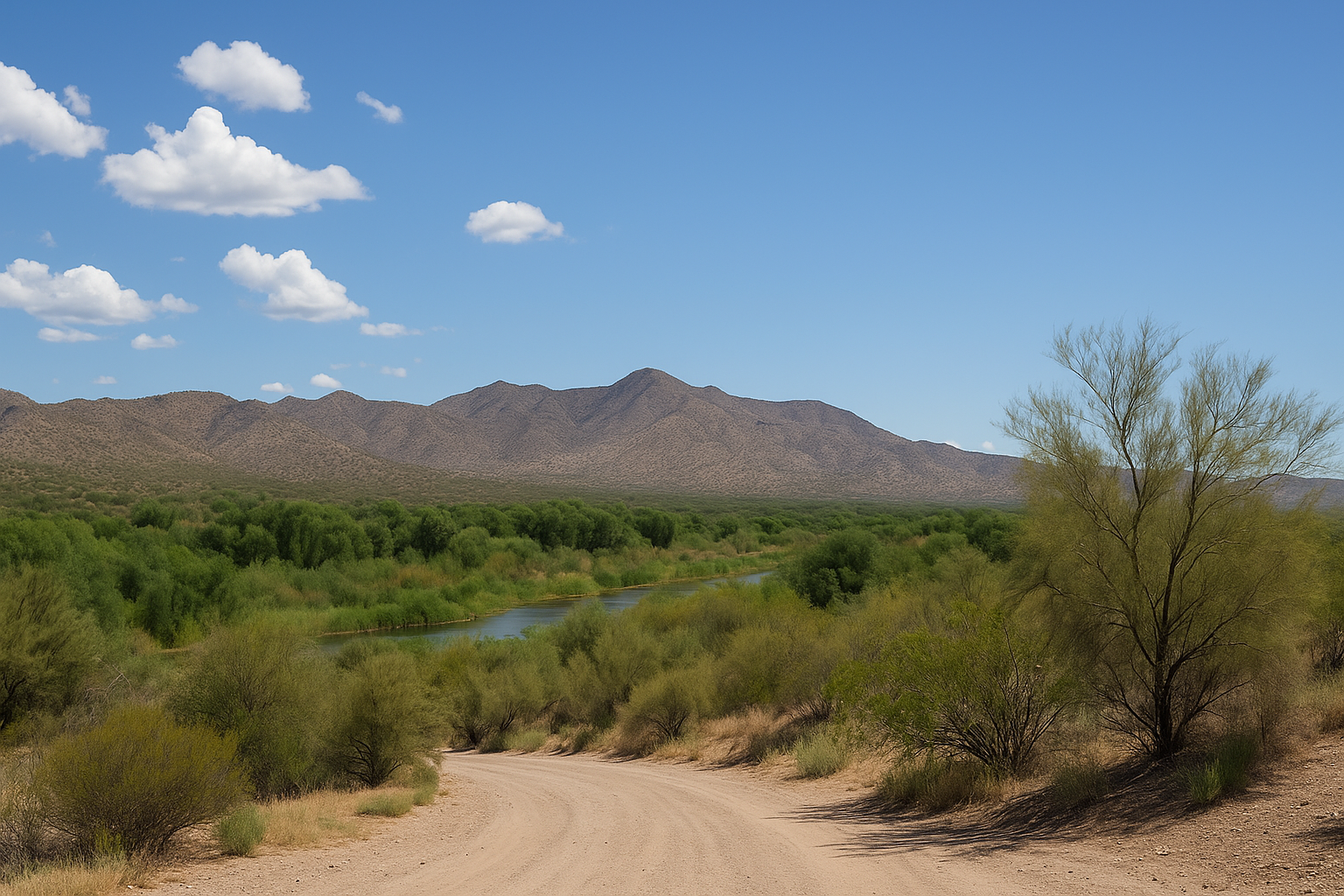A bipartisan effort to regulate groundwater use in Arizona’s rural communities has stalled at the State Capitol, as the legislative session nears its end without a resolution. Governor Katie Hobbs has indicated she may call a special session to revive negotiations.
Stalled Groundwater Reform in Rural Arizona
The Rural Groundwater Management Act, proposed during the 2025 legislative session, aimed to empower local communities to form groundwater management districts in areas outside of current state oversight. The bill had bipartisan support and was designed to allow rural counties like Cochise and La Paz to adopt conservation measures tailored to local needs.
But negotiations collapsed in early June as lawmakers failed to agree on how much authority should be given to local governing councils and whether the Arizona Department of Water Resources (ADWR) should be involved in implementation. With the legislative session ending soon, the future of the bill remains uncertain.
Drought Pressures and Water Scarcity at Play
Arizona faces one of the most severe groundwater depletion crises in the western U.S. According to the ADWR, areas like the Willcox Basin in Cochise County and the Cibola area in La Paz County have seen rapid aquifer declines due to unregulated pumping. In 2023 alone, the state recorded over 100 new wells in the Willcox area, outpacing recharge rates by a significant margin.
Governor Hobbs has called rural water policy “one of the most urgent environmental challenges facing Arizona,” citing shrinking supplies, deepening wells, and increasing land subsidence.
Political Friction and Bill Breakdown
While Republicans and Democrats initially found common ground on the need for rural water oversight, divisions emerged over how local councils would be formed and what powers they would hold. Lawmakers from heavily agricultural districts opposed language that would allow appointed boards to restrict groundwater pumping.
Governor Hobbs vetoed an earlier version of the bill backed by Rep. Gail Griffin (R-Hereford), saying it did not provide enforceable mechanisms to address overpumping. A revised version, supported by rural water advocates and some GOP senators, still lacked enough support to move forward.
Hobbs May Call Special Session
With time running out in the regular session, Governor Hobbs has left the door open for a special session this summer. “This is year two of trying to get this done,” she told reporters on June 13. “And I’m willing to reconvene legislators if there’s a real chance for consensus.”
A special session would allow lawmakers to focus solely on groundwater policy without the distraction of broader budget debates.
Consequences for Rural Communities
Without legislative action, rural areas outside Active Management Areas (AMAs) remain largely unregulated, meaning large-scale agricultural operations can continue to drill wells and pump groundwater without limitation. This places smaller farmers and homeowners with shallow wells at risk of running dry.
“We’re not against farming—we’re against having no rules,” said one Willcox-area resident during a public hearing earlier this year.
ADWR has already begun assessing whether to impose new irrigation non-expansion areas (INAs), which would restrict the development of new irrigated farmland in high-risk basins.
What’s Next
- Lawmakers are expected to adjourn the regular session in late June.
- Hobbs may call a special session in July if behind-the-scenes talks progress.
- Rural residents, especially in Cochise, La Paz, and Yuma counties, are watching closely.
- The ADWR could move forward with rulemaking if legislative efforts stall completely.
Arizona’s water future—especially in rural regions—may depend on lawmakers’ ability to overcome longstanding divides over local control, property rights, and environmental stewardship. Without action, many fear that fragile aquifers could be permanently depleted.
